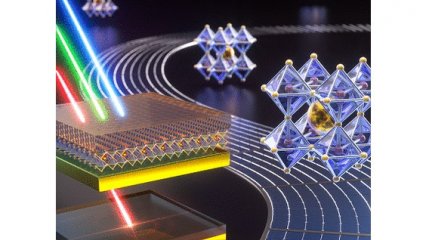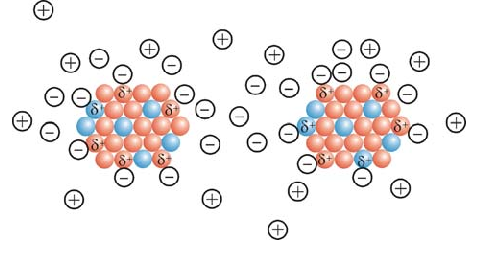TURBO-ELECTRIC NANO GENERATOR (this nanotechnology can use snow to generate electricity) PhD in Nano-Microelectronics
Researcher and author: Dr. ( Afshin Rashid)
Note: A triboelectric nano-generator is a device that can generate electricity through static electricity, which is done by electron exchange.
Snow has a positive charge and is considered an electron donor. Silicon, a synthetic material similar to rubber, is composed of negatively charged oxygen and silicon atoms. When snow comes in contact with a silicon surface, a charge is generated and electricity is generated. Static electricity is generated by all the interaction between an electron donor and an electron acceptor.
In this process, you remove the charges and electricity is generated. Snow is naturally charged and another negative substance is used to generate electricity. When electricity tends to lose electrons, other substances take over. After various materials such as aluminum foil or Teflon have less electron conductivity than nano-silicon, nano-silicon can produce more electricity than other materials. 30% of the earth's surface is covered with snow, where solar panels cannot work. Using this nanotechnology, snow can be used to generate electricity. (Triboelectric nano-generator) can be combined with a solar panel to create a device that can generate electricity in different weather conditions. Triboelectric nanogenerators Can be installed in remote areas to meet the electricity needs of the area without the need for batteries. This device is very smart. Like a meteorological organization, it can tell you how much snow is falling, how it is going to rain, and how fast the wind is going.
Conclusion :
Using this nanotechnology, snow can be used to generate electricity. (Triboelectric nano-generator) can be combined with a solar panel to create a device that can generate electricity in different weather conditions. Triboelectric nanogenerators can be installed in remote environments to meet the electricity needs of the area without the need for batteries.
Researcher and author: Dr. ( Afshin Rashid)
PhD in Nano-Microelectronics




